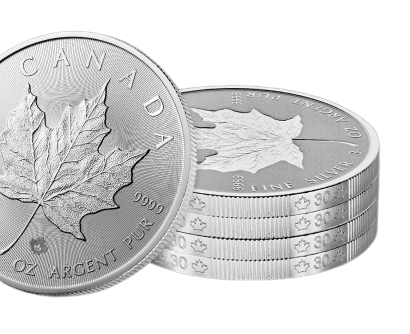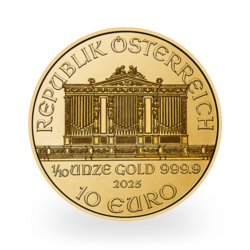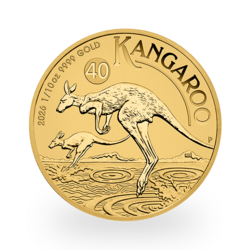Are we on the eve of a bond market explosion, the beginning of the story being the end of convertibility between the dollar and gold announced by Richard Nixon on August 15, 1971? It was following this decision, combined with the explosion in budget deficits triggered by the first oil crash, that governments began to apply for ratings from specialized agencies. Initially, all received the highest rating, the famous AAA, as the idea of a country going bankrupt seemed unthinkable at the time. Since then, the majority of countries — including the USA — have had their ratings downgraded, while public debt has reached dizzying levels. But after all, there's no need to worry — a government doesn't have to pay back its debts!
But this very market is cracking. Even when you have the world's reference currency — both for reserves and for transactions — and no credible alternative is emerging, and you are the world's leading economic power, there comes a time when global savings are no longer sufficient to finance your debt. Interest rates on long-term U.S. debt (10, 20, 30 years) are rising dangerously, reaching or exceeding 5%, even though inflation has officially been beaten. Last week's auction of 20-year US Treasury bonds met with anemic demand, well below expectations, triggering a general bout of nervousness in the fixed-income markets. Japan, indebted to the tune of 260% of GDP, is also experiencing problems and a rise in rates.
The year 2025 is likely to be the year of crisis: the United States must refinance $9 trillion in debt — a quarter of its total outstanding — while financing an annual budget deficit of $1.9 trillion. A veritable debt wall. And then there's Japan, France (the eurozone's biggest borrower), and so on. Will there be sufficient demand? This is not certain, as the rise in interest rates on US and Japanese debt seems to indicate otherwise.
Without even mentioning default or exploding interest rates, a simple loss of credibility on the US debt market would have extremely serious consequences. For this is not just another financial asset, but truly the benchmark asset. As Laurent Maurel explains on Goldbroker.com, US bonds are the foundation on which the world of finance rests:
- US debt is used as collateral, because it's highly liquid and risk-free. It's the benchmark collateral, so if it becomes volatile, everything built on it starts to crumble...
- Portfolio management constantly arbitrates between equities and bonds, both normally moving in opposite directions. However, if bonds lose their stabilizing function, this model is called into question, creating uncertainty. The solution is to turn to gold — a move we're already seeing, as I explained.
- Pension funds, whose long-term commitments are based on relatively stable and predictable returns. However, "when interest rates rise rapidly, not only does the value of the bonds in the portfolio fall, but future commitments become more expensive to meet in discounted terms. This can lead to dangerous imbalances."
- More than 60 countries around the world have their currencies more or less pegged to the US dollar, starting with China (which wants to keep its exports competitive), the oil-producing countries of the Middle East (because they sell it in dollars), the Caribbean (their main source of income is American tourism), Hong Kong and Singapore (hubs of international trade), Canada (connected to its neighbor's economy), etc. This parity is maintained by U.S. bonds, which serve as collateral and a means of adjustment. If they become too volatile, the country's central bank has to draw on its foreign exchange reserves, at the risk of rapidly depleting them and triggering a financial and economic crisis (Asian crisis of 1997). [Incidentally, we are in fact still in a fixed exchange rate regime, but more flexible than before 1971, with the dollar remaining the benchmark, and even the ECB taking this into account when adjusting its key rate].
In short, major uncertainty over US debt would be immediately transmitted to a host of financial products, portfolios and pension funds, and via exchange rates to dozens of countries around the world. A Perfect Storm! The Fed could push back the deadline by printing money, but at the risk of pushing up inflation. The coming months will be decisive, and given this risk of crisis, physical gold — like bitcoin, for those not put off by its volatility — is not too expensive, far from it.
Reproduction, in whole or in part, is authorized as long as it includes all the text hyperlinks and a link back to the original source.
The information contained in this article is for information purposes only and does not constitute investment advice or a recommendation to buy or sell.

















